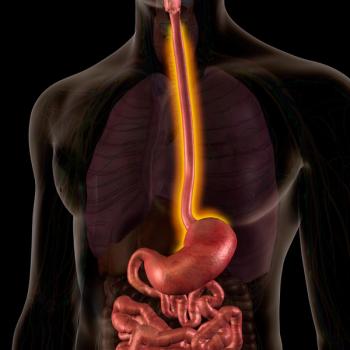
How Cancer Contributes to Other Health Problems: What Execs Should Know
Dealing with cancer is challenging enough for patients and providers. But even when their different perspectives are factored in, that’s not the whole story.
Dealing with cancer is challenging enough for patients and providers. But even when their different perspectives are factored in, that’s not the whole story.
Unfortunately the disease itself, not to mention the interventions for combatting it, may lead to other maladies.
“A cancer diagnosis and treatment can have a significant effect on both physical and mental well-being,” says Cara Pensabene, MD, medical director at EHE, a preventive healthcare organization headquartered in New York City. “It changes diet, can cause either weight loss or gain, alters physical fitness activities, and affects well-being and self-esteem.”
She points out that a cancer survivor’s immune system can be compromised, particularly after chemotherapy and radiation. That means increased vulnerability to the flu and common colds.
A variety of other ramifications may also be seen.
“It is likely that a diagnosis of cancer touches patients more broadly than any other disease,” says John Henson, MD, chief of oncology services for Piedmont Healthcare, a community health system in Atlanta, Georgia.
He says that anxiety and depression are important problems following a diagnosis of cancer, and social or family stresses can be significant issues. Patients may also face barriers they had not anticipated. For example, those who are awaiting organ transplantation for a chronic condition such as diabetes-related kidney failure usually are no longer candidates.
Side effects of treatment
“Fatigue is very common after radiation and chemotherapy and likely relates to hormonal imbalances caused by those life-saving or life-prolonging measures,” Henson says. He notes that the immune system can be weakened by these treatments with a small increased risk of ensuing infections. Congestive heart failure, in which the strength of the heart muscle is reduced, can result.
Related:
Heart-related problems also offer other challenges, according to Vlad Zaha, MD, an associate professor at UT Southwestern Medical Center in Dallas, Texas. He notes that some specific cancers such as multiple myeloma, certain glioblastomas and leukemias can affect the heart directly. The same is true for some treatments.
Less directly, cancer patients face the risk of becoming more sedentary, making them more vulnerable to hypertension and metabolic syndrome.
Pensabene points to a recent study from the Journal of Clinical Endocrinology & Metabolism as an example of a specific cancer’s impact in this area. The study, which looked at four-thousand Utahan survivors of thyroid cancer over a fifteen-year period, found that male survivors have a sharply increased risk of heart disease. Those survivors who qualify as obese, both men and women, showed a 41% higher risk.
Zaha advises checking for cancer-related problems related to the heart as early possible.
“Early diagnosis of cardiac complications from cancer and cancer therapies improves the chances of heart function recovery,” he says. “So it can improve the quality of life in cancer survivors.”
Possible effects on other illness can also limit treatment options that physicians might otherwise pursue, according to Manish J. Dave, MD, a hematologist-oncologist at CareMount Medical, a multispecialty medical group based in Chappaqua, New York.
“Chemotherapy, immunotherapy, or other targeted therapy may interact with other non-oncologic medications or may affect other established medical conditions,” he says. “For example, oncologists are cautious about treating poorly-controlled diabetic patients with steroids, such as prednisone or dexamethasone, because this can worsen hyperglycemia.”
In some cases, treatments may even cause a second cancer. Some types of chemo drugs been linked to second cancers such as acute myelogenous leukemia (AML) and myelodysplastic syndrome (MDS), according to the American Cancer Society. Similarly, some drugs used to treat melanoma may bring a higher risk of developing other types of skin cancer.
When these and other developments are concerned, they might bring to mind the old two--steps forward, one backward truism. But if nothing else, a full awareness of such possibilities can help all concerned be better prepared to deal with them.
Newsletter
Get the latest industry news, event updates, and more from Managed healthcare Executive.






















































